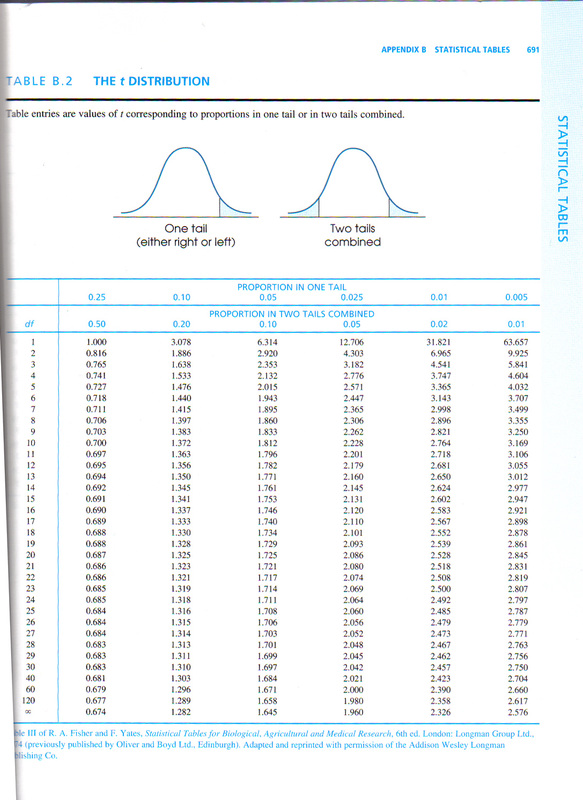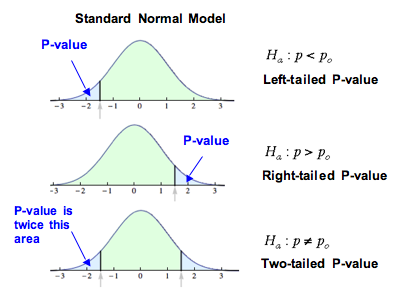

Z score to P-value conversion tableīelow are some commonly encountered standard scores and their corresponding p-values and percentiles, assuming a one-tailed hypothesis. >More details about these misinterpretations. a p-value of 0.05 means that the probability the null hypothesis is true is 5%, or that the probability that the alternative hypothesis is true is 95%. The most common errors are mistaking a low p-value with evidence for lack of effect or difference, mistaking statistical significance with practical significance, as well as treating the p-value as a probability, related to a hypothesis, e.g. There are several common misinterpretations of p-values and statistical significance and no calculator can save you from falling for them. For a deeper take on the p-value meaning, interpretation, and common misinterpretations, see our article on the p-value in statistics. If you are happy going forward with this much (or this little) uncertainty as is indicated by the p-value, then you have quantifiable guarantees related to the effect and future performance of whatever you are testing. In order to use the p-value as a part of a decision process you need to consider external factors, which are a part of the experimental design process, which includes deciding on the significance threshold, sample size and power (power analysis), and the expected effect size, among other things. Obviously, one can't simply jump to conclusion 1.) and claim it with one hundred percent certainty, as this would go against the whole idea of the p-value.

The statistical model is invalid (does not reflect reality).The lower the p-value, the rarer (less likely, less probable) the outcome. There is no true effect, but we happened to observe a rare outcome.There is a true effect from the tested treatment or intervention.Observing a low p-value can be due to one of three reasons : Let us examine what inferences are warranted when seeing a result which was quite improbable if the null was true. In such case, observing a p-value of 0.025 would mean that the result is statistically significant. For example, if observing something which would only happen 1 out of 20 times if the null hypothesis is true is considered sufficient evidence to reject the null hypothesis, the threshold will be 0.05. Saying that a result is statistically significant means that the p-value is below the evidential threshold decided for the test before it was conducted.
#TWO TAILED HYPOTHESIS TEST CALCULATOR P VALUE HOW TO#
How to interpret a low p-value (statistically significant result) Therefore, one can think of the p-value as a more user-friendly expression of how many standard deviations away from the normal a given observation is. a Z-score of 1.65 denotes that the result is 1.65 standard deviations away from the arithmetic mean under the null hypothesis. The p-value can be thought of as a percentile expression of a standard deviation measure, which the Z-score is, e.g. The p-value is a worst-case bound on that probability. In terms of possible inferential errors, the p-value expresses the probability of committing a type I error: rejecting the null hypothesis if it is in fact true. calculating a Z-score), X is a random sample (X 1,X 2.X n) from the sampling distribution of the null hypothesis. Where x 0 is the observed data (x 1,x 2.x n), d is a special function (statistic, e.g. It is essentially the proportional area of the Z distribution cut off at the point of the observed Z score. The p-value is used in the context of a Null-Hypothesis statistical test (NHST) and it is the probability of observing the result which was observed, or a more extreme one, assuming the null hypothesis is true 1.

If you want the p-value for the other tail of the distribution, just subtract it from 1. Since the normal distribution is symmetrical, it does not matter if you are computing a left-tailed or right-tailed p-value: just select one-tailed and you will get the correct result for the direction in which the observed effect is. If the direction of the effect does not matter, select two-tailed, which corresponds to a point null hypothesis. If you want to make directional inferences (say something about the direction or sign of the effect), select one-tailed, which corresponds to a one-sided composite null hypothesis. Just enter the Z-score that you know and choose the type of significance test: one-tailed or two-tailed to calculate the corresponding p-value using the normal CPDF (cumulative probability density function of the normal distribution). If you obtained a Z-score statistic from a given set of data and want to convert it to its corresponding p-value (percentile), this Z to P calculator is right for you.


 0 kommentar(er)
0 kommentar(er)
